
Before, during, and after an AmeriCorps service term
April 19, 2023
Program coordinator, Reading Partners San Francisco Bay Area
Every year, over 200,000 people sign up to improve their communities through an AmeriCorps service term. We are sent to nearly every corner of the nation to serve, whether it be on park pathways, refugee farms, or in Bay Area classrooms. Typically accumulating a whopping 1700 hours during each term, AmeriCorps members must fully commit to their roles regardless of where they are placed or the type of work that is asked of them to better their surrounding communities.
But, what brings people to this chance to serve? What do we do outside of our full-time AmeriCorps service term hours? Where do we plan to go next?
After speaking to three AmeriCorps members currently serving with Reading Partners, I’ve learned that our unique experiences as well as our future aspirations speak more to our merits than our hours in the classroom ever could.
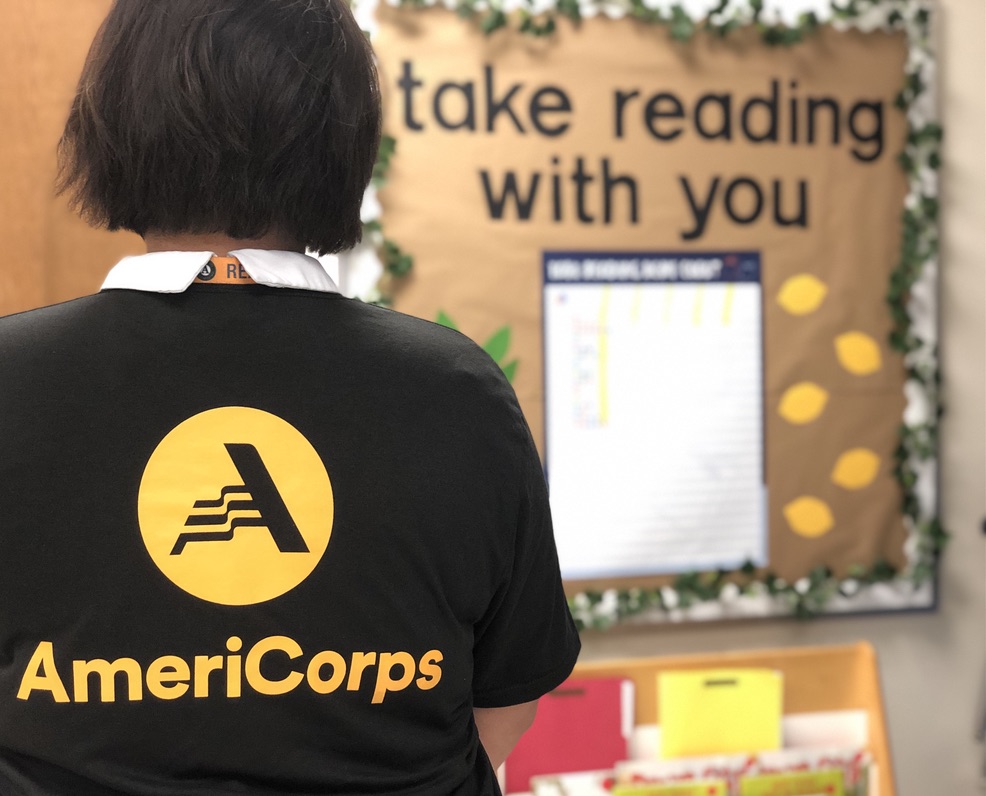
Before our AmeriCorps service term: Where do we come from?
My entire life, I would like to believe, can be equated to a number of good stories. These stories are meant to be told in moments of connection, moments of vulnerability, and moments of wisdom. Often, these moments intermix when I get to talking to a good friend or even a stranger about the lives we have lived before that conversation. One of those people whose story I was immediately drawn to was Skyler Li.
Skyler’s layered history would be incomplete without the story of her family and how they brought her here. She comes from a family of doctors and engineers, people that were eager to get out of an oppressive country so full of violence and death from a lifetime of conflicts. Skyler was only five years old when her parents left China for South Florida on a NASA-funded scholarship for engineering. Yet, she remembers being traumatized by the stories of her grandparents and the blood they helped to clean every day.
She tells me that people in China at this time were so blocked off from a world of foreigners that their perceptions of America were incredibly misshapen.
“My grandparents, these educated doctors,” she says, “believed that the moon was bigger in America than it was in China. They just didn’t know. Everyone had this belief that America was this ‘heaven-on-earth,’ especially compared to what they were used to.”
Although it was nothing like China, Skyler says adjusting to life in America as a Chinese immigrant was far from easy.
“When I was going to school, there were no Asian-American families in South Florida.”
She realizes now that this missing representation gave room for ignorance amongst her peers. Their lack of exposure to Asian cultures led to microaggressions, stereotypes, and uninformed assumptions.
“Do you eat dogs?” they would ask.
She says she was innocent to these forms of discrimination at the time, never fully realizing the extent of the racial slurs and nonsensical ideas built against her until much later in her life.
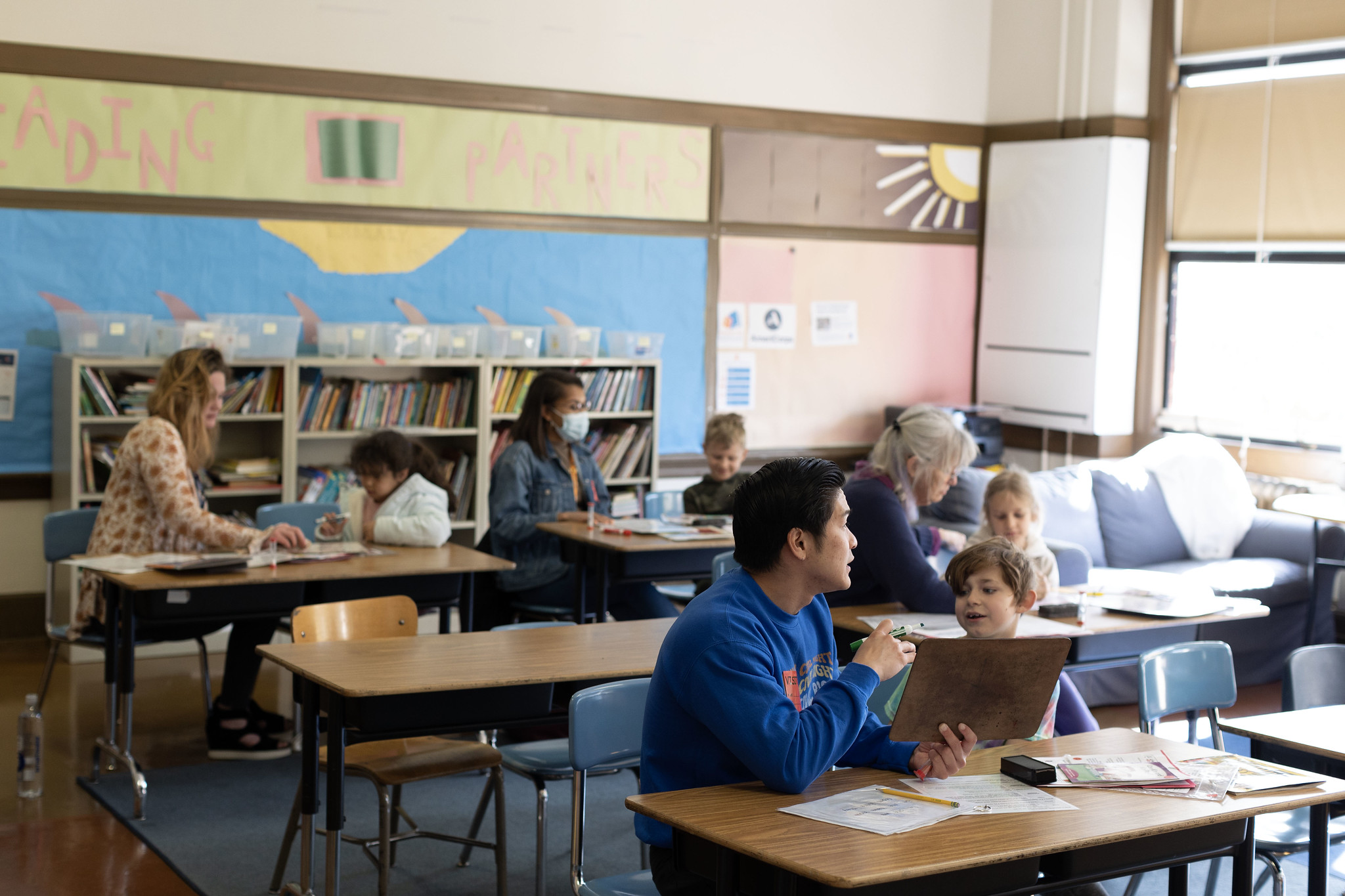
Regardless, Skyler knew she wanted more than what her little corner of the world had to offer, so she decided to try her hand at a bit of everything. She went to college for a while, moved to East Harlem, New York, and worked for a finance start-up. After this taste of the city, she decided to move back to China to teach English as an expatriate. Here, she saw an education system so vastly different from the one she knew.
“We would teach literally hundreds of students at a time, and the local teachers had a very intense, authoritarian approach to their classrooms.”
Skyler remembers feeling confusion and concern for the types of behaviors modeled in this setting meant for development, not dictatorship. She moved all around different areas of China, living in tiny apartments, massive studios, and different cities all unique in the social structures that built them.
Around her fourth year teaching in a multitude of places and conditions, Skyler remembers a fateful day in 2018 when her aunt and uncle turned on the TV to a news station covering a story too close to home.
“Parkland was always a safe place. It was white people living in gated communities…I mean, we all went to Douglas.”
The Parkland shooting at Marjory Stoneman Douglas High School was followed by an outpour of outrage, across political parties, countries, and demographics. People wanted change, demanded it even, for their fallen brothers and sisters and strangers they never got the chance to meet. This was, of course, just one of the many school shootings that have rattled this nation’s history, but it was enough to inspire people to start a movement, and enough for Skyler to come home.
After she returned to the states, after grieving and partially healing, after many more career changes and many more big moves around the country, Skyler found herself living in an apartment full of lawyers in Tallahassee not knowing what she wanted to do next.
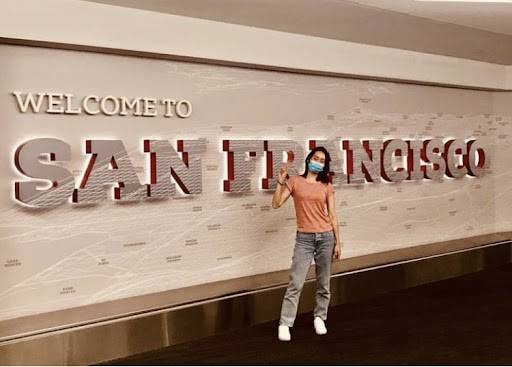
She had met people that started to challenge her way of thinking. She exposed herself to a way of living that opposed the minimalistic lifestyle she was raised in. She was exploring the ideas of art and culture, consumerism and indulgence, and even equity and mental health. With a creative charge, Skyler went on vacation to the golden city of San Francisco and felt a desire to be a part of this world she was just beginning to understand.
Then, she found Reading Partners. She was drawn to the idea of yet again teaching English and literacy skills to students who didn’t have access to the same educational opportunities as other students. Skyler once more decided to move across the country for an adventure that could teach her something new, about herself and the world constantly moving around her.
She currently serves in the Reading Partners San Francisco Bay Area region as a program coordinator, working with students every day and exploring the Bay Area as much as time permits. She really enjoys riding the bus, in her novelty phase of public transit, where she can relinquish control to the bus driver and enjoy the scenery for just a little while.
During our AmeriCorps service term: What do we come home to?
Anyone walking through downtown San Francisco, the mural-covered walls of The Mission or the dazzling bar lights of the Civic Center, can see that the housing crisis is as deeply embedded in this city as its infamous fog (Karl, as we fondly refer to him as). Post-pandemic has brought to our attention the amount of vacant office spaces that rot in these densely crowded areas, with the possibility for over 11,000 units of affordable housing if converted. Some may see this as a waste, but people like Brandon Harris see these issues as an opportunity.
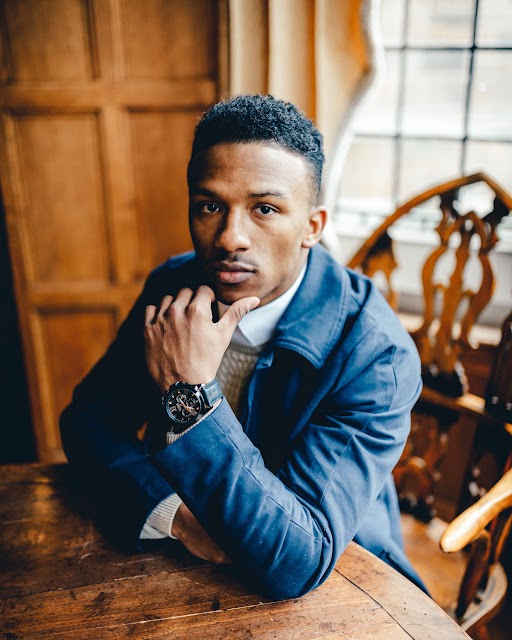
Brandon, a program coordinator in downtown San Francisco, uses his time during his AmeriCorps service term as a way to learn more about the city and the resources within it that remain untapped. He considers himself an entrepreneur with ambitions to revive communities that have been long ignored. Yet this is no new feat for Brandon who comes from Detroit, where under-resourced populations have always been on his radar.
“I have always liked the idea of building communities…helping to implement the change that neglected neighborhoods need.”
Although he has sought after many different passions and careers in his lifetime, including starting his own multi-conglomerate company that helps to sponsor different golfing events for Detroit youth, Brandon has found himself drawn to a career in design. He is currently studying for his degree in Architecture at the Academy of Art University.
Here, as he enters his second year of the program, he says that the passion for building comes naturally to him. With interest in nearly every type of infrastructure from luxury to commercial, it is the idea of being the change a neighborhood needs that drives him towards his degree.
Brandon is currently in the process of starting his next business venture, a non-profit located in the heart of San Francisco that focuses on reconstructing the essential structures in neglected neighborhoods that could revitalize a community. This is where he says he knows he can make the most impactful change and where he directs the majority of his ambitions these days.
However, Brandon is still focused on helping the youth. In fact, it is one of the most enjoyable ways for him to connect with this new Bay Area community he finds himself serving in. In the few spare moments he gets between running his reading center, pursuing his master’s, and delving into the side projects that set him up for a viable future in non-profits, Brandon also spends his time coaching.
Being a competing multi-sport athlete for nearly all of his life, he always gravitated most toward wrestling.
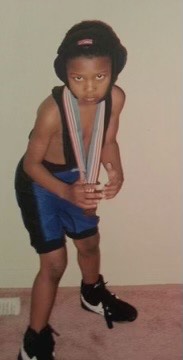
“It was my dad’s sport. I started when I was about four years old and have loved it ever since…I think it was instilled in me from the start.”
Brandon coaches two to three days a week for the club team at San Francisco State. He tells me that he really enjoys talking to his students about what it is they want to pursue next. He doesn’t mind being the middleman, he says, for making the connections and the opportunities someone else needs to succeed.
When asked about why he chose this path of a self-starter in the midst of all of his other goals and commitments, Brandon says, “Being an entrepreneur means not having to rely on anyone else to fully implement my mission for the future. I am my own spokesperson, my own model for how I want to move forward.”
He says the best part of serving with Reading Partners has been connecting with the people that he gets the chance to interact with on a daily basis, including volunteer tutors, school sites, and fellow AmeriCorps members. Future partners, as he calls them.
After our AmeriCorps service term: Where will we go next?
Most of us at Reading Partners have seen the opportunity gap ever present within our classrooms, where English Language Learners and students living in poverty are falling behind in their literacy skills as they work to keep up with the curriculum or even make it to school. However, many AmeriCorps members have worked with these marginalized populations before, where social inequities are far more prevalent than we would like to believe.
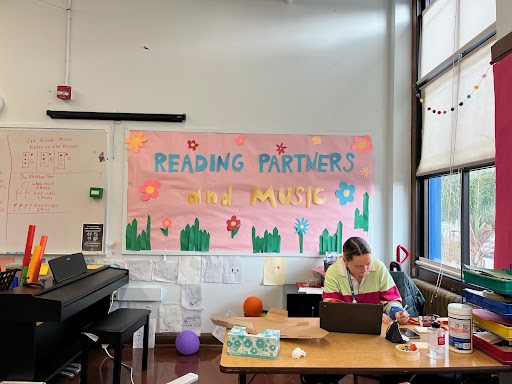
We have worked with homeless families, settling immigrants, and laboring refugees in order to serve in places where help was needed. Ellie Bowen, an East Coast native and aspiring lawyer, got to experience firsthand what it was like for people without a country to find a new way in the world. Before her time with AmeriCorps, Ellie served on an International Refugee Committee (IRC) farm in Virginia, teaching refugees how to grow and harvest their own agriculture.
She says while the work was rewarding, the majority of it was manual labor, picking weeds and harvesting crops in order to help out. While she did not mind this type of work, Ellie craved a more tangible way to impact her community in her gap year before law school. Moving to San Francisco was quite the cultural shift, she says, especially in ways of social activism and impact.
“In my small town in Virginia, there are not the same opportunities to volunteer and reach these underserved populations. Part of moving to California, specifically San Francisco, was finding more ways to get involved.”
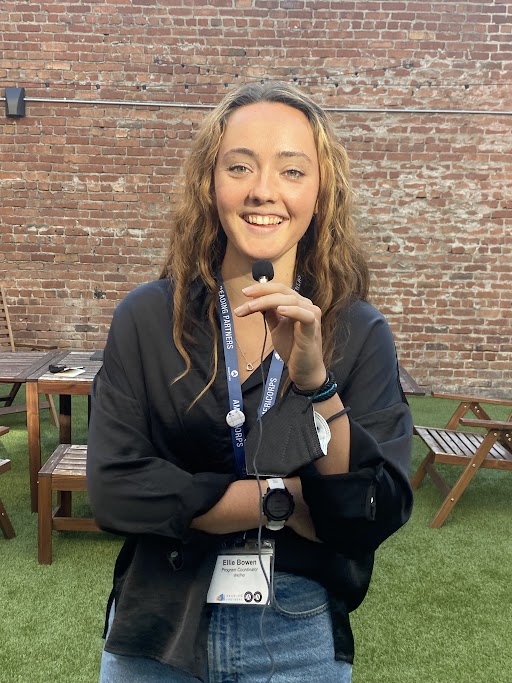
Outside of her AmeriCorps service term hours running a reading center in Japantown, Ellie chooses to volunteer with organizations like Compass Family Services. Her fluency in Spanish has helped her to act as translator for many Hispanic families experiencing poverty or homelessness that need a connection to resources. She has volunteered at holiday events where donors can sponsor a family in need for a Christmas wish list, providing gifts they otherwise would not receive. This is the type of work that Ellie gravitates towards and sees herself being a part of in the future.
“My first priority after my service term will be getting into law school, most likely to study in public interest so I can continue to find ways to represent people and communities that will always need help.”
She says this can take her in many different directions, such as civil rights for underrepresented populations, social justice cases, and even doing some of the same work being carried out by non-profits.
“The most valuable things I can take away from this year are learning the inner workings of a non-profit. To see an organization operate at a regional and national level has shown how much goes into these companies in order to make them work.”
Although she is open to any school that can help her integrate into the community, Ellie says she would love to one day move back to the East Coast to be with family. She teases that she misses the seasons, something us Californians cannot quite comprehend. But for now, she takes her vision for the future one day at a time, excited to take a breath at the end of her AmeriCorps service term and take a much-needed trip to Yellowstone.
“I think AmeriCorps is a great option for people looking to get involved while they’re in between things…This organization is not perfect, because non-profits aren’t perfect. If they were, we wouldn’t all have so much work to do.”
Click here to find out more about serving for AmeriCorps if you’re ready to get to work!



